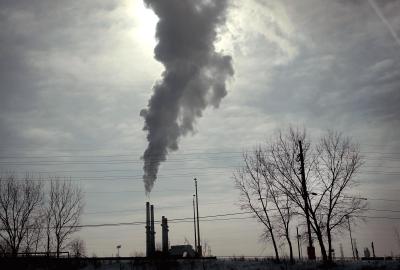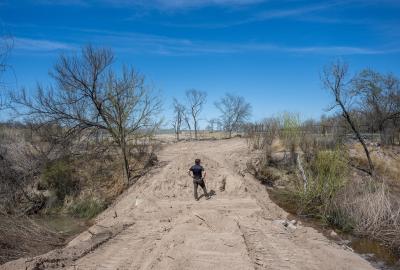
5 ways Jimmy Carter shaped a greener America
Every time someone pulls on a cozy sweater instead of turning up their thermostat — somewhere, the late President Jimmy Carter smiles.
If that reference has you scratching your head, Carter, who died Dec. 29, made headlines when he donned a sweater and asked the public to turn down their heat during a 1977 energy shortage.
But he did much more for the environment than that.
Here are five reasons why Carter, who was president from 1977 until 1981, was one of America's greenest leaders:
He created the Department of Energy
Carter created the Department of Energy in 1977 in response to an energy shortage that led to skyrocketing fuel costs and concerns about America’s dependence on foreign oil. Carter hoped the agency would promote energy efficiency while supporting the development of new sources of renewable energy. The department continues to play a key role in U.S. energy policy today, and is integral to government efforts to promote clean energy.
He established the Superfund program
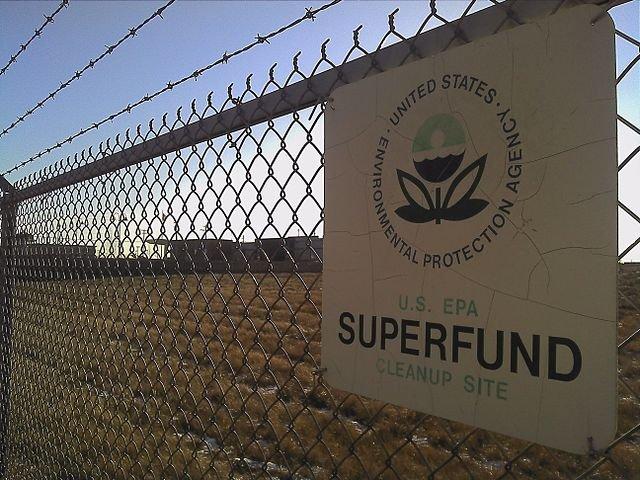
In 1980, Carter signed the Comprehensive Environmental Response Compensation and Liability Act to protect communities from harmful pollution and hold polluters accountable for any remediation costs. The act created the Superfund trust, which is supported by taxes on industries that produce hazardous materials as well as fines. It has since been used to clean up hundreds of contaminated sites. The Biden administration invoked the act to compel Norfolk Southern to clean up toxic chemicals in the wake of the catastrophic train derailment in East Palestine, Ohio.
He strengthened the Clean Air Act
Though Congress had already passed the Clean Air Act, Carter strengthened national air quality standards when he signed several amendments to it in 1977. Carter’s EPA also regulated emissions from cars and power plants more stringently and set up monitors capable of measuring air quality across the U.S.
He protected more than 100 million acres of land
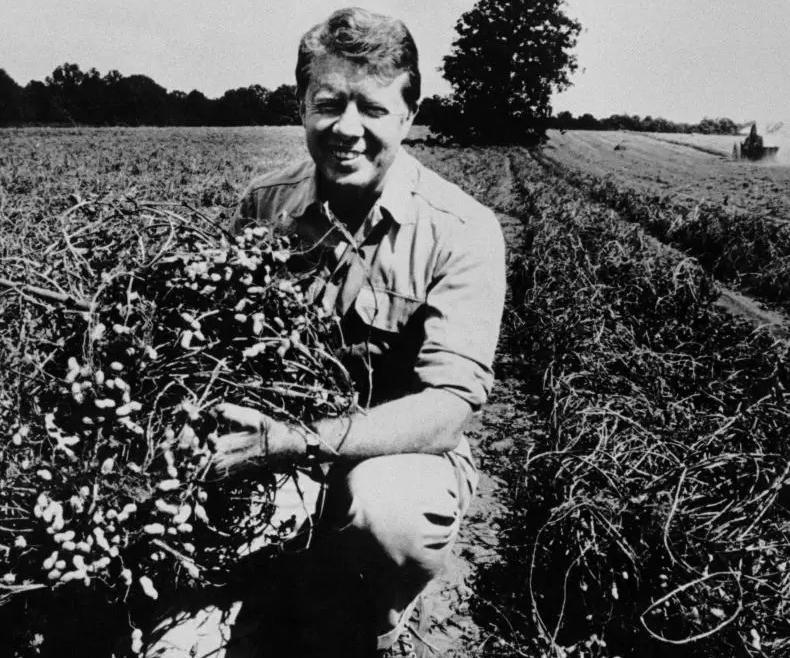
Over the course of his presidency, Carter protected millions of acres of land, including the Chattahoochee River National Recreation Area in his home state of Georgia.
But his landmark achievement came when he signed the Alaska National Interest Lands Conservation Act in 1980, which preserved more than 100 million acres of land.
It still ranks as one of the largest land conservation measures ever signed into law by a U.S. president.
He was an early adopter and long-time advocate of solar power
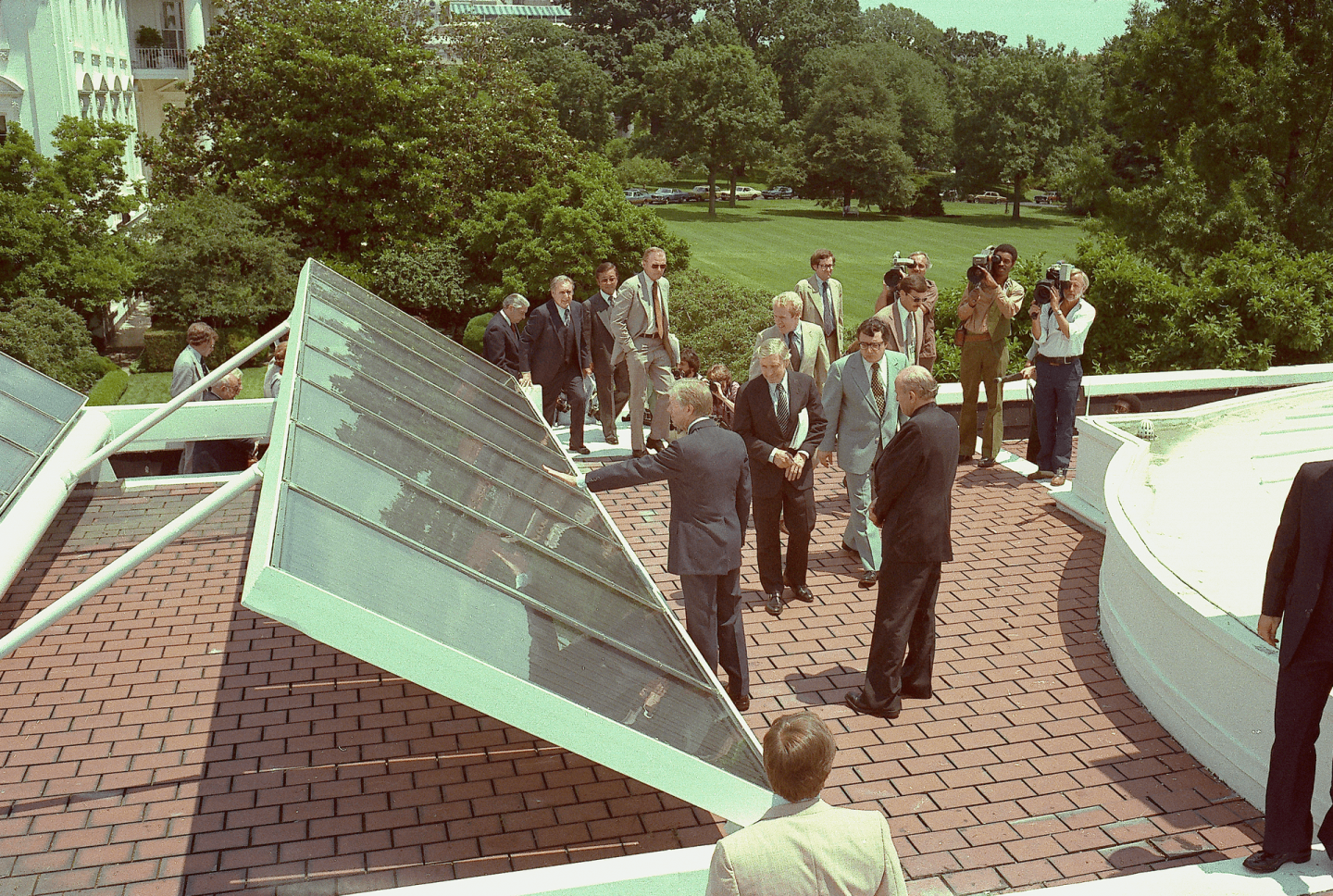
Shortly after Carter moved into the White House with his wife, Rosalynn, and their youngest child, Amy, he had a novel technology installed — rooftop solar panels that could heat the water used in the White House.
He has continued to be an advocate for solar power, even adding a solar array to his farm in Plains, Georgia, that’s capable of powering about half the town. Carter's presidential library in Atlanta also uses solar energy.

